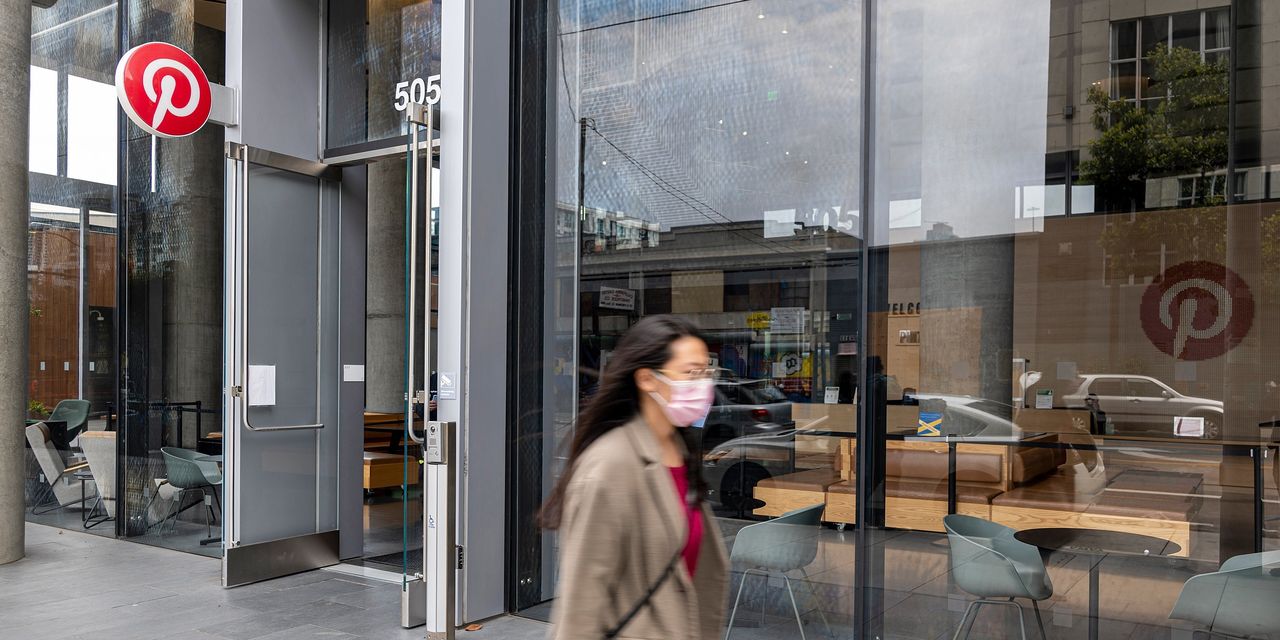
Listening to Mark Zuckerberg was obviously investors’ first mistake. The second was forgetting that no two snowflakes are alike.
Meta, citing both Apple iOS changes and increasing competition from short-form video platforms such as TikTok, had a top-line guidance that came in well below Wall Street’s expectations, with both factors expected to continue to affect ad-revenue growth through at least the end of the year. The result was a loss of $230 billion in market value for Meta—the biggest single-day loss ever for a U.S. company.
Snap, which shed a whopping 24% of its value Thursday on its competitor’s news, was the hardest-hit of the peer group as investors drew parallels between its platform mix of advertisements (heavy on ads that elicit an immediate response such as a click or a purchase, which have been more vulnerable to Apple’s changes) and Meta’s.
Spooked investors certainly weren’t crazy. Snap seemed to be caught flat-footed by Apple’s changes in the third quarter and said in October the long-term impact of them could take several months or more to suss out. This time investors were wrong. On Thursday, Snap reported fourth-quarter revenue growth of 42%—12 percentage points above the midpoint of its guidance and more than 10 percentage points above Wall Street’s estimate. Moreover, top-line guidance for the first quarter of 2022 came in largely as expected.
There are several interpretations of why Snap is faring better than Meta, one of which is simply that a smaller business has less far to fall. Snap is also earlier in its ad-stack build, perhaps enabling a more-nimble response to Apple’s changes. The company said Thursday its first-party measurement solutions are now enabled for advertisers that represent more than 75% of its direct response revenue, which it noted still accounts for more than half of its revenue.
User preference also plays a role. For years now, Snap has touted its popularity among a younger crowd. That appears to be paying off now more than ever as Meta deals with attrition of some of its younger users. Snap reported that Snapchat daily active users grew 20% year on year and 4% sequentially in the fourth quarter.
The important takeaway here is that not all social media is tired, but that old-school social media, the kind where we passively peruse content at home and post staged, static photos of ourselves and our interests, is falling by the wayside. As further proof, image-sharing company Pinterest said Thursday it lost monthly active users on a sequential basis for the fourth quarter—its third consecutive quarter of sequential declines. As of the end of the year, Pinterest’s monthly user base was the lowest it has been since the second quarter of 2020.
Positively, Pinterest said its revenue grew 20% year on year in the fourth quarter, besting Wall Street’s growth forecast, with guidance for first-quarter revenue growth coming roughly in line with analysts’ expectations. Given Pinterest’s focus on longer-term brand advertisements versus its competitors Snap and Meta, the platform’s continued insulation from Apple’s iOS changes on a relative basis shouldn’t have been too big of a surprise.
Pinterest, like Meta, is working toward something of a dramatic pivot from its early focus on photos to a more-modern focus on video, commerce and creators. And while Meta has a fantastic record of not only garnering rapid, broad adoption for its new features, but also monetizing them, Pinterest is still struggling to prove its worth to a broader swath of advertisers. For that reason, its best value might well be as a takeout candidate for a more established Internet player. The company said Thursday it was focused on a long-term stand-alone strategy, but certainly didn’t rule out the possibility that it would bite at an attractive offer, with Chief Executive Ben Silbermann noting that he is always keeping an open mind.
After a terrible day for the sector as a whole, Snap’s shares surged 59% following its report after hours, while Pinterest’s were up 21%. Twitter, which is set to report its fourth-quarter results next Thursday, rose 8.4% after the bell.
If anything, the whiplash is a reminder that while Mark Zuckerberg once changed the game in social media, he certainly isn’t the arbiter of it today.
Write to Laura Forman at [email protected]
Copyright ©2022 Dow Jones & Company, Inc. All Rights Reserved. 87990cbe856818d5eddac44c7b1cdeb8








